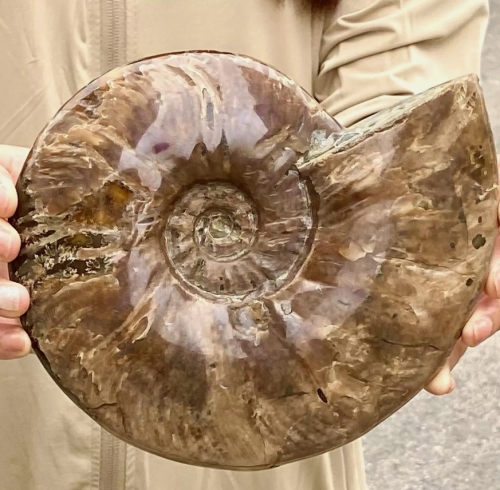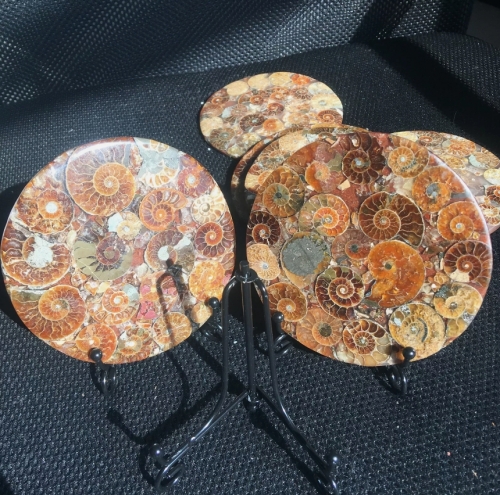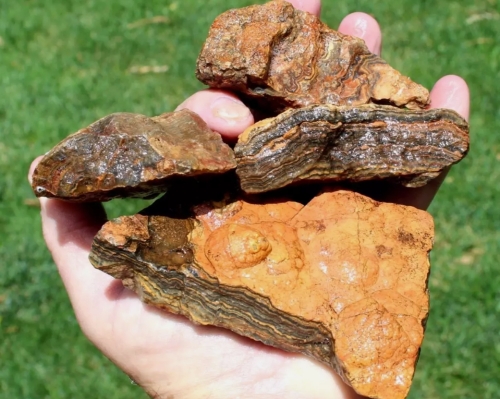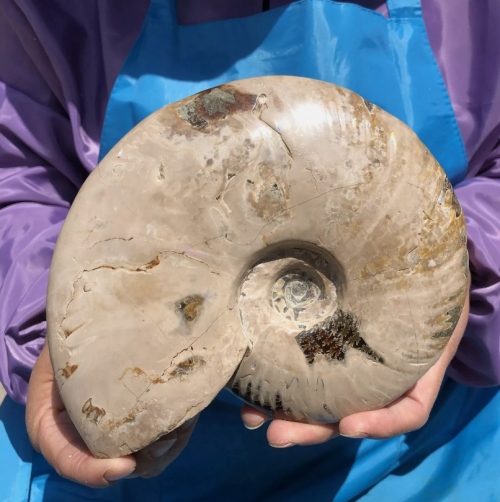Fossil specimens are important materials in paleontology. Through these remains, scientists can glimpse the history of the earth and the evolution of life. Fossils are not only the "remains" of ancient creatures, but also the testimony of the evolution of nature. They are usually found in rock layers and come in a variety of forms, including animal fossils, plant fossils and microbial fossils.
The process of fossil formation usually involves burial, decay and mineralization of organisms. After the death of an organism, if it happens to be buried by sediment and other materials, over a long period of time, hard tissues (such as bones and shells) will gradually be replaced by minerals, forming fossils. This process can last for thousands to millions of years, making fossils a valuable resource for paleontological research.
Studying fossil specimens can reveal the physical characteristics, living habits and the environment of the organisms. By studying the fossils of dinosaurs, for example, scientists can learn not only about their size and structure, but also about how they moved and where they were in the food chain. Similarly, fossils of ancient plants give us clues about past climate change and help us understand how organisms adapted to different environments.
The dating of fossils is also an important research work. Through methods such as radioactive element decay, scientists are able to determine the age of the fossil, thus placing it in the history of Earth's development. This process helps track trends in biological evolution, such as the extinction of certain species or the emergence of new species.
In addition, the discovery and conservation of fossil specimens also face many challenges. Human activities, climate change and natural erosion can cause the destruction or loss of fossils.
















